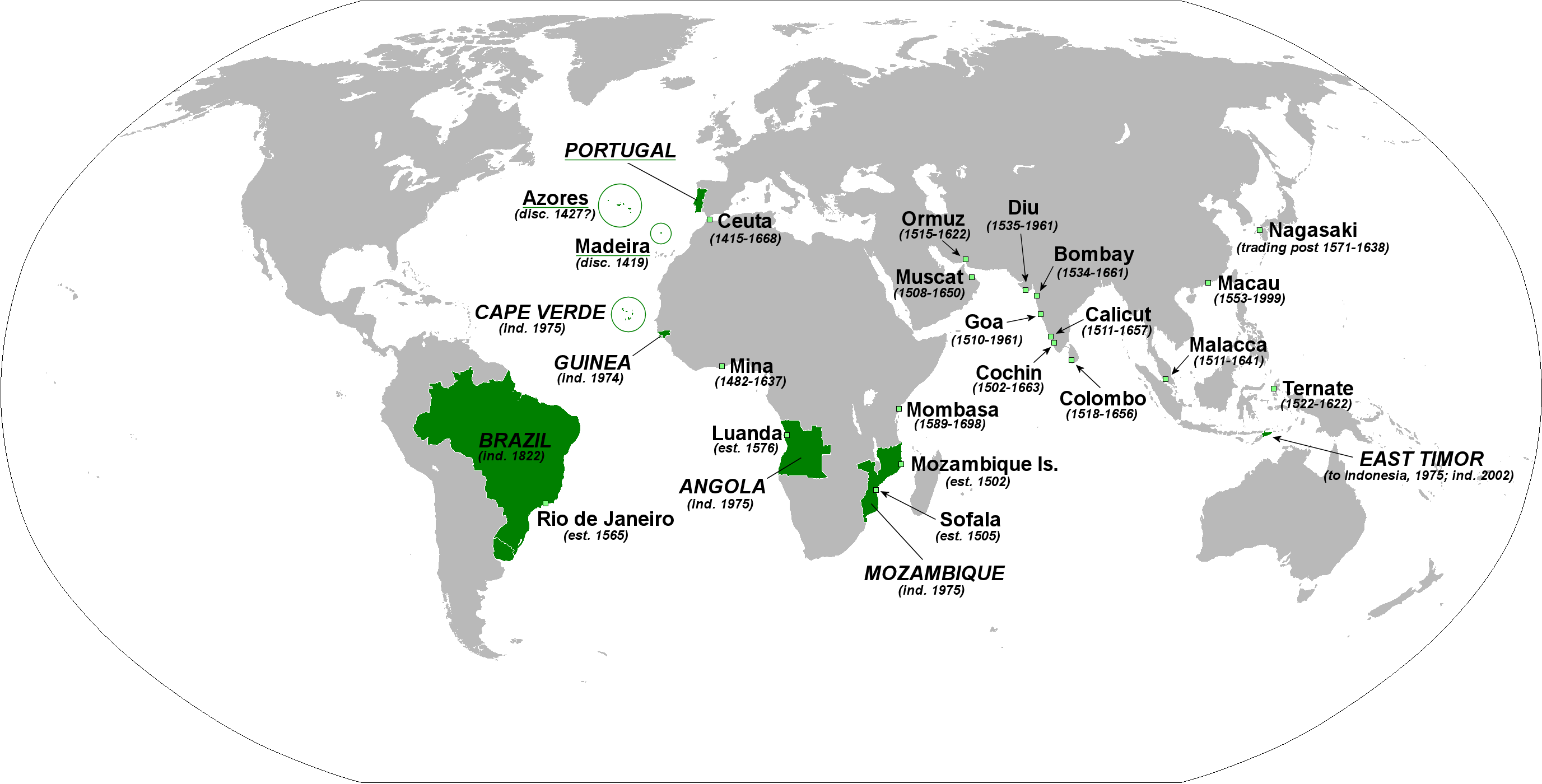In “The ‘Orient’ in the ‘New World,’” Jorge Lúzio discerns a Portugese-Asian presence in “the cultural genesis of colonial Brazil” via South/east Asia. In tracing Asian cultural influences in “baroque imagery, gastronomy, commercial relations, and customs,” Lúzio discusses the presence of Asianness in colonial Brazil prior to the 19th-century immigration of Asian subjects (35). For example, Lúzio highlights Asian facial features and clothing represented in Catholic iconography in colonial Brazil, illuminating the ripple effects of Portugese trade relations in the Indies. (While not the focus of this article, such examples of Latin-Asian cultural “hybridity,” to use Canclini’s term, can also be seen in former Spanish colonies.) As informative as I find Lúzio’s analysis, I wonder if the widely used concept of “hybridity,” here manifest as Hindu-Christian hybridity, masks structural inequalities based in colonial conquest? Given the centrality of Catholicism to both Spanish and Portugese colonial administration, is it even possible to call Hindu-Catholic images “hybridized?” In terms of colonial history, Hinduism and Catholicism have proven incomparable political institutions.
Also on the topic of colonial, economic power relations: while Lúzio’s analysis highlights the aesthetics of Latinidad during the early colonial period (16th century), some of the themes of his article—commodification, even if in an early form, and the circulation of culture—apply to a contemporary context. The article implies that it is possible to “buy” the other, divorcing Asianness from Asians (even the language of Orientalism, or the adjective “Oriental,” associates Asianness, not with humans, but with commodities such as textiles). Given this historical reification of Asianness, and especially Asian visuality, as an instrument of trade relations, what political significance do contemporary Asian Latin American artistic practices adopt?
Moreover, how does this history of Asian Brazilian “art” (if the kind of visual culture discussed in this article would qualify as “art”) reframe our understanding of contemporary artistic practices in these regions? As Margo Machida has discussed, in the United States, the legacy of 1960s social movements and liberal multiculturalism seem to constitute the historical-ideological backdrops of Asian American visual culture. Does this US-centric history influence the lives and oeuvres of Asian artists in Latin America, as well? How so? And if we divorce US Asian history from Latin American history (which is unlikely given the recruitment of Japanese Latin Americans to US internment camps during WWII, for example), how do we conceptualize the “politics” of Asian artistic practices in Latin America? Have Asian immigrants participated in social movements in Brazil, and how has their participation influenced their art?
[attachment: a map of Portugal’s colonies]
